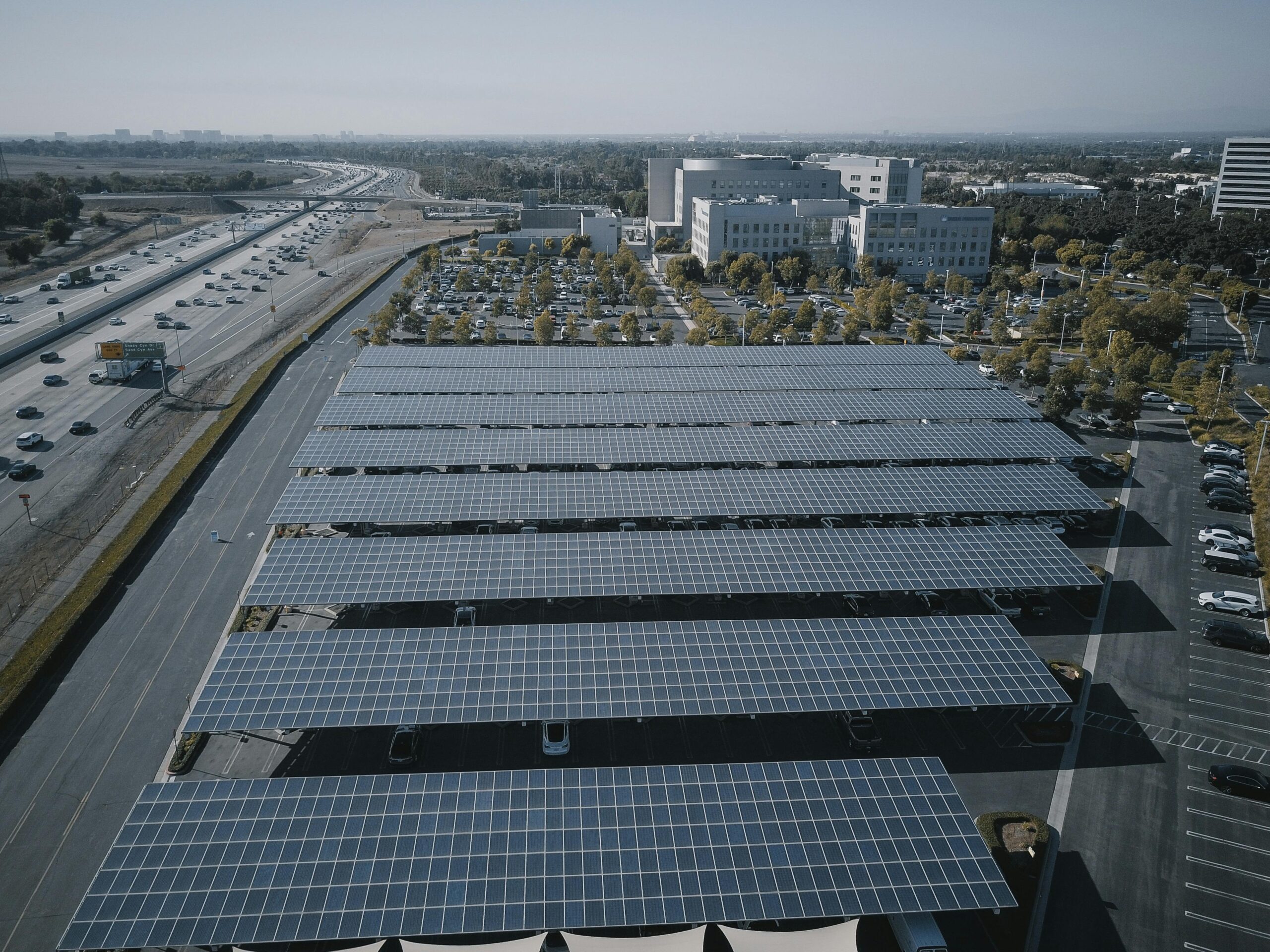This bill summary was last updated March 15, 2025.
Public hearing – February 26
This summary includes the -2 Amendment to the bill, entirely superseding the original version.
Oregon has previously enacted a bill that promotes community solar projects, as codified in ORS 757.386. This bill amends and adds provisions to that existing law.
Under existing law, the Oregon Public Utilities Commission (OPUC) adopts rules to certify community solar installations, and incentivize electricity consumers to become part owners or subscribers. Subscribers proportionally lease part of a community solar project for 10 years or more. Under SB 92, subscribers to the community solar installation may subscribe regardless of how much total capacity they subscribe to among all projects or electric companies, and they also may subscribe to projects located anywhere within the electric companies’ service terrritory.
The minimum capacity of a community solar project had been set at 25 kilowatts. Under SB 92, a maximum capacity of 20 megawatts is now set as well.
Under SB 92, OPUC must allow community solar projects to apply through their own dedicated interconnection queue only if the project’s capacity is less than 50% of the minimum daytime load of the relevant substation. But, OPUC has the discretion to alter this 50% standard if it finds that doing so will decrease wait times. OPUC also must (i) allow projects under 2 MW to use an interconnection process established for net metering; (ii) provided an expedited process for projects including battery storage systems.
The new bill specifies that after a public hearing OPUC may impose penalties on electric companies that unreasonably delay connecting community solar projects to the grid.
When the total generating capacity of community solar projects exceeds certain caps, an electric company is no longer required to allow more such projects within its service territory. For 2026, electric companies must allow community solar projects to participate within a cap of 4.5% of the electric company’s system peak in the year 2016. For 2027, 2028, 2029, 2030 and 2031 (and thereafter), the respective caps are: 6.5%, 8.5%, 10.5%, 12.5% and 14.5%.
25% of the program capacity must be reserved for carve-out projects. These projects must meet at least one of a number of requirements, including that they reserve at least 50% of the capacity for low-income participants, be managed by a public or nonprofit entity, or be managed in partnership with a Tribe, public entity or nonprofit entity.
